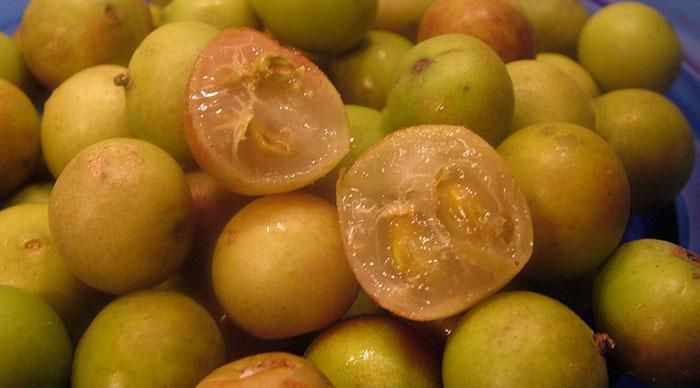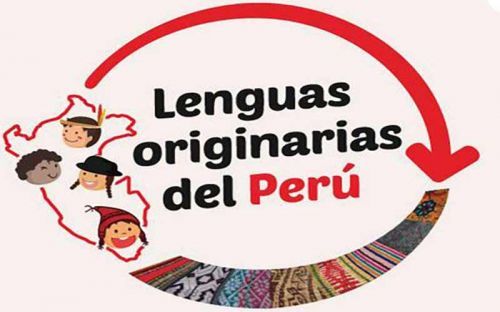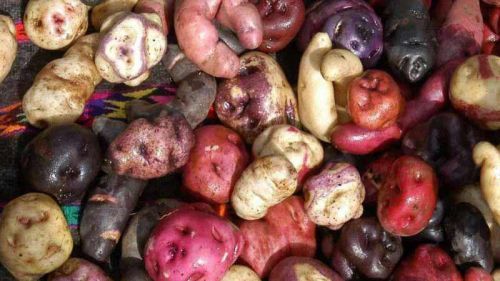Camu Camu, also known as cacari, camocamo or myrciaria dubia, is native to the Peruvian lowland jungle and grows on bushy trees along riverbanks and in flooded areas of the Amazon rainforest. Its extraordinary high Vitamin C content in combination with other for our body beneficial nutrients makes Camu Camu another Peruvian superfood.
The small, green, or red Camu Camu fruits are extremely acidic and taste like a cross between a lime and a sour cherry. Due to its extreme sourness and unique flavor Camu Camu is rarely eaten fresh, but best enjoyed mixed into juices, smoothies, jams, yogurt and ice cream. Today Camu Camu is also available in supplement form (pill or powder).
In Peru Camu Camu is used as antioxidant, anti-inflammatory and anti-depressant as well as an energy booster, stress reliever and digestion aid for ages. And that for good reason. The fruit compensates its tininess with being a powerhouse full of beneficial nutrients.
Camu Camu impresses with its extremely high Vitamin C content. Depending on its ripeness, the fruit contains about 10 to 20 times the amount of Vitamin C of an orange and 40 to 60 times the amount of Vitamin C of a lime – actually the Vitamin C level decreases as the fruit ripens while the flavors increase.
Additionally, Camu Camu has a high content of other nutrients and powerful, bioactive plant compounds, including micronutrients such as magnesium, sodium, calcium, zinc, potassium and copper, an array of amino acids such as serine, leucine and valine, and carotenoids (lutein, beta-carotene and zeaxanthin).

Health benefits of Camu Camu
- Vitamin C, also known as ascorbic acid, is vital for our health, but can’t be created naturally in our body; so an essential dietary component. It is needed to form collagen in our body that aids with the formation and repair of bones, teeth, skin and muscles.
- As Camu Camu is loaded with Vitamin C and other powerful nutrients, it has impressive antioxidant properties boosting our immune system, helping to detoxify our body, preventing viral infections and lowering stress and anxiety.
- Camu Camu as well is effective in reducing (chronic) inflammation, including gout and joint diseases. It additionally has anti-viral and anti-bacterial properties.
- Camu Camu optimizes digestive processes and helps in maintaining healthy gut bacteria, which is important for a good metabolism. So, it not only aids in your weight loss efforts but also improves overall digestion.
- The combination of beneficial components in Camu Camu are believed to improve blood sugar levels, lower blood pressure and reduce the risk of cardiovascular diseases and even cancer.
- Camu Camu also boosts energy levels in our body and enhances cognitive abilities increasing focus, concentration and memory. It might also be beneficial for Alzheimer and dementia patients.
- The carotenoids in Camu Camu improve overall eye health and vision by eliminating oxidative stress.
- Camu Camu is believed to prevent infertility by specifically protecting the health of sexual organs and ensuring proper functioning of those systems.
- And last but not least, Camu Camu is said to improve liver health and aids in treating liver injuries.















































